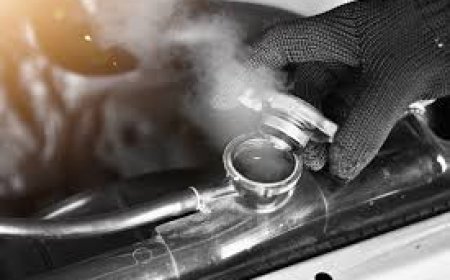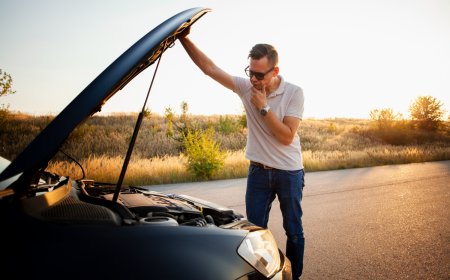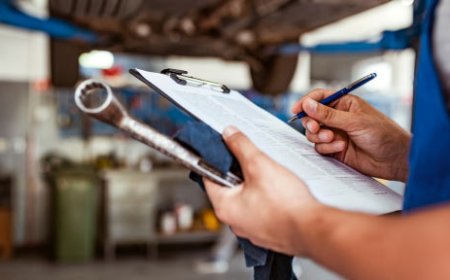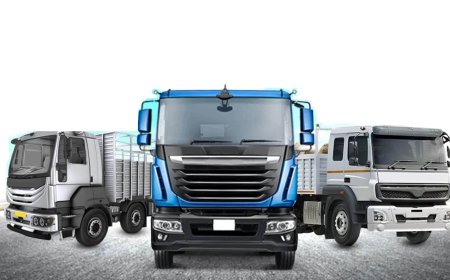The Wrecking Yard as a Museum of Motion
Explore how wrecking yards preserve the history of cars and tell stories of Australia’s motoring past. Learn how “Free Car Removal Townsville” fits into this journey.
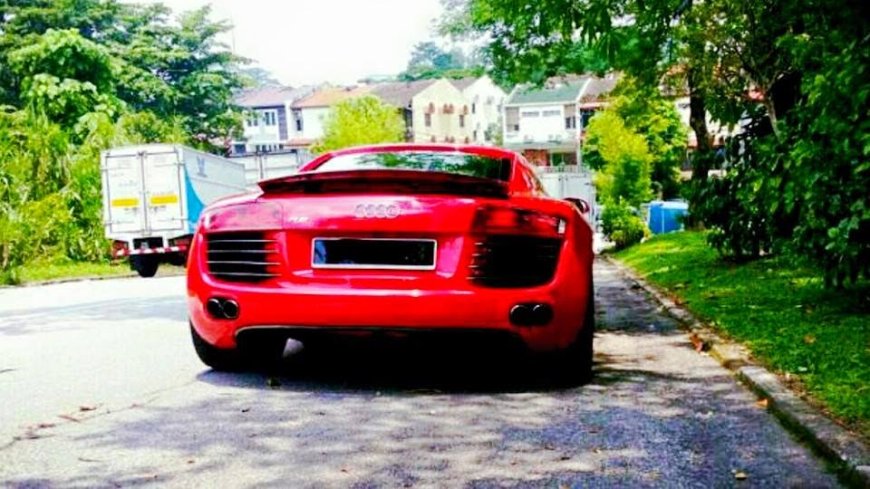
Across Australia, wrecking yards are often seen as places where unwanted or damaged vehicles go to disappear. But for those who take a closer look, these yards tell stories that go far beyond broken engines and crushed panels. They serve as open-air museums, filled with once-loved machines that shaped how people moved, worked and lived. Each row holds a mix of history and machinery that reflects decades of design, use and progress.
A Place Where Stories Sleep
Every car has a story. Some were driven across deserts, while others were parked at schools, job sites or beaches. Over time, each vehicle collected momentsboth ordinary and special. A worn-out steering wheel or a faded bumper sticker often says more than a technical manual ever could. In a wrecking yard, these stories remain, even after the engine has gone silent.https://northcoastwreckers.com.au/
Some of the most striking examples include early Holden sedans, rusting beside Japanese imports from the 1980s. These machines once filled Australian roads, but now their parts scatter across rough gravel yards. For someone who looks beyond the surface, this is not just about spare partsit is about memory.
Engineering from Another Time
Wrecking yards reveal how much car building has changed. Opening the bonnet of an old Ford or Mazda shows how earlier engines were built with thicker metal, fewer electronics and more visible moving parts. There are no touchscreens or backup cameras here. Instead, there are carburettors, metal radiators and manual gearboxes.
This contrast is not only technical. It also speaks to how drivers interacted with their vehicles. Driving once required more attention, more feel and often more strength. Seeing these parts up close brings out the evolution of safety, comfort and style.
A Record of Trends and Taste
The yard also shows what people once wanted in a car. During the 1970s and 1980s, large sedans and wagons ruled the roads. By the 1990s, hatchbacks and smaller models became popular. Today, many of those older cars are found with cracked dashboards, faded interiors and broken lightsbut they still reflect the trends that shaped their time.
Colours also tell a story. The strong oranges, greens and browns of older models speak to past eras, just as boxy shapes and vinyl roofs show how style changed with time. These features, though often overlooked, say a lot about what people once found practical or appealing.
More Than Just Metal
Wrecking yards are not only for car lovers or mechanics. They hold interest for photographers, artists and historians. The contrast between steel and rust, colour and decay, draws creative eyes. Some visitors come just to walk and look, hoping to find a door from a model they once owned, or a badge from their grandfathers old ute.
In some cases, parts are recovered and used in restoration projects. In others, they become furniture, artwork or displays. Even items that cannot be reused often find new purpose as inspiration.
Movement in Stillness
Even though the vehicles do not move anymore, the yards remain places of motion. Forklifts carry car shells. People walk between rows. Engines are pulled, tyres rolled, doors lifted. The space is full of quiet energy. It reflects both an end and a beginningthe final stop for some vehicles, and the start of a second life for parts.
This sense of movement makes wrecking yards different from ordinary scrapyards. Here, each item once had a place on the road. Now, it waits to be used again, if only as a memory or a part of something new.
The Link Between Letting Go and Remembering
Not every vehicle in a wrecking yard is rare. Many are common models with worn engines or collision damage. Their owners, after years of use, often need to clear space or remove them due to cost or safety concerns. In places like Townsville, this task is made easier through services that allow people to remove old vehicles without paying extra. One example is a local service that offers Free Car Removal Townsville, helping people clear unused cars while still ensuring they end up somewhere useful. This approach gives others access to parts and reduces waste, keeping car materials in circulation and offering pieces to those searching for something specific.
Holding on to the Past Without Getting Stuck in It
Wrecking yards do not pretend to freeze time. They change every day, as new vehicles arrive and others are picked apart. But within this constant shift, they preserve a moving record of how people lived and travelled. The smell of oil, the cracked leather, the faded logosthese speak not just of loss, but of memory.
Some see these places as the end of the road. Others see them as collections of mechanical stories, waiting for someone to listen. In either case, they serve a purpose that reaches far beyond car parts.
Conclusion
The wrecking yard is not just a place of broken things. It is a museum of motion, a space where mechanical history waits in silence. Each row of rusted cars holds lessons about the pastabout how Australians moved through their days, what they drove, and how those machines shaped their world. Whether you walk the rows for parts or for memory, there is something valuable in what remains. Through these quiet collections of steel, we continue to learn from the machines that once carried us forward.
































